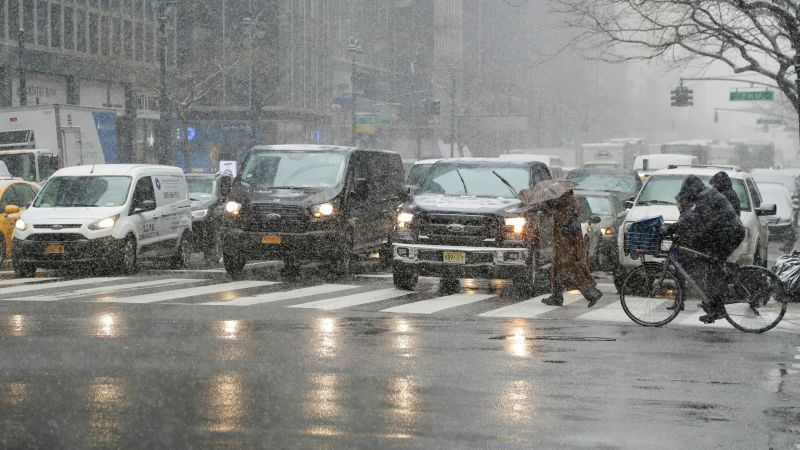
According to the Governors Highway Safety Association, last year an estimated 6,227 pedestrian human beings were killed in traffic accidents, accounting for a 28-year high.
Back when the car was still relatively new, pedestrians were the lion’s share of on-road traffic. Cars were still relatively slow, most people got around on horses, it was a weird time. As cars got faster, the danger increased and pedestrians were shoved aside to make room for the cars. Since then, it would seem nothing has gotten better.
Pedestrians are vulnerable meat by comparison to your Suburban’s upright grille and 5-foot hood height.
To that point, there are a number of factors in play here, from a proliferation of large SUVs to cell phone distraction on the part of both walkers and drivers, and impaired drivers. There has also been an increase in the number of people walking to work, according to the association. Furthermore, night crashes accounted for most of the increased deaths.
Advertisement
In a tweet, the IIHS called for lower speeds where pedestrians are present, improved road infrastructure, implementation and improvement of automatic emergency braking systems, and improved crosswalk lighting. I would go a step further and say that all new cars should have the highest spec headlights possible. Lasers for everyone!
While total automotive deaths decreased by about 1 percentage point, more than 40,000 Americans killed last year on roads. In-car deaths went down a bit, but pedestrian deaths increased to keep the number quite high.
Advertisement
Cities like New York have dedicated efforts to reduce traffic and pedestrian deaths. The Vision Zero plan implemented by New York and others aims to reduce the number of traffic deaths to zero, and 2018 marked it a success, getting the number down to 200, the lowest its been in over 100 years. Reducing speed limits in the city to 25, and enforcing pedestrian yield laws. While pedestrian deaths still account for more than 50% of NYC traffic fatalities, the city is taking the initiative quite seriously.
Perhaps similar initiatives could be implemented everywhere to get our national numbers down. Clearly something has to be done. Perhaps a combination of enforcement, automotive safety technology, improved driver education, and some kind of wholesale speed limit imposed on smart phone use (or at least certain apps) could save a lot of lives.













